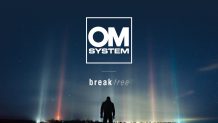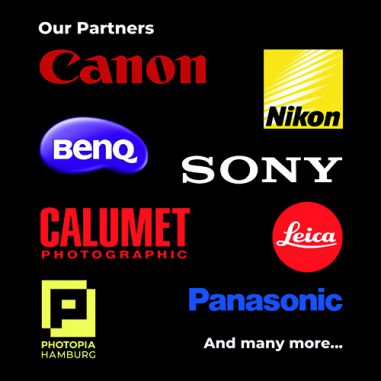The Milano Salone has been held every year since 1961 as a forum for leading-edge designers and companies to promote the appeal of their latest brands and designs to creators and media from around the globe. Last year’s festival attracted some 348,000 visitors, a 29 percent increase from 2007 with over 2,000 companies and organizations from Italy and abroad taking part. This year’s Milano Salone is expected to follow suit, with even larger numbers of attendees and exhibitions anticipated.
The Canon display will enable visitors to experience a three-dimensional imaging space bursting with color utilizing the company’s image-reproduction capabilities: Neoreal, a new world of imaging conceived by two Japanese creators on the cutting edge of contemporary design. Through this exhibition, Canon aims to promote awareness of the technological capabilities and expressive power of its imaging devices, from input to output, as well as contribute to the creation of imaging culture.
Canon’s installation will take the form of a two-part sensory-based display, with sections titled Hibiku (resonance) and Odoru (leap).
The Hibiku section features a vast three-dimensional curved imaging space occupying some 200 squared meters. The organic space, designed by architect Akihisa Hirata using simple geometry, features projections of illusory imaging works created by interactive artist Takahiro Matsuo. The display uses projectors equipped with Canon-developed LCOS reflective LCD panels capable of projecting images at a resolution surpassing that of 1080 HDTV. The Canon technology produces seamless images without the grid-like lattice effect appearing over projected images, allowing viewers to immerse themselves in an astounding world formed by the combination of space and imagery.
In the Odoru section, an imaging technology corner presented by Canon designers showcases the front line of next-generation design research, including new proposals for ways to fully utilize imaging devices in applications from video recording to projection.





